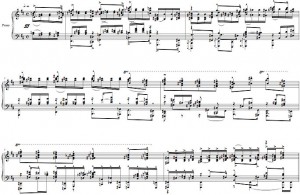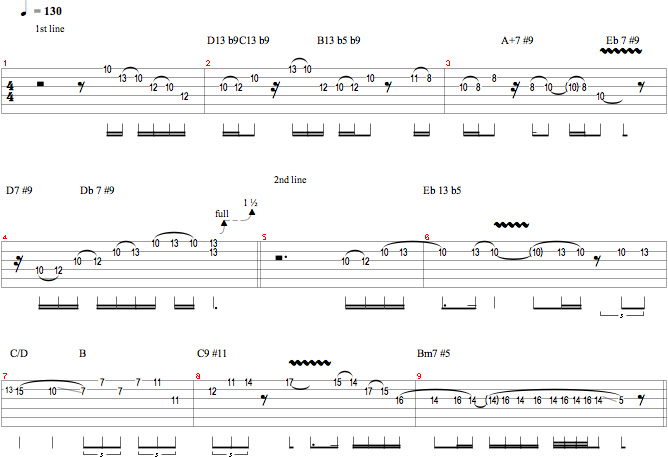Guitar Messenger’s Ivan Chopik chats with the founder of Equilibrium Guitars, Dave Cohen, at NAMM 2016.
From EQGuitars.com:
Resonance, sustain, tone, ergonomics and aesthetics.
These five attributes are at the forefront of our minds in every stage of the design process. The specific woods used, body proportions and contours, scale length, neck set and other subtler details all contribute to what we consider to be a “complete” instrument. It must be resonant, evenly sustaining and toneful, yet effortless to play, all with a look that is both understated and bold.
Electronics
Pickups are literally microphones capturing the unique character that the guitar imparts to the strings. For that reason we very carefully select the electronics to complement the tonal voice of the guitar itself. From the pickups used, to the pots, switches, capacitors and overall functionality; everything serves the goal of making the guitar as musical, versatile and intuitive to control as possible.
Finish
For the past 50 years or so, nitrocellulose and polyurethane finishes have dominated the guitar market; nitrocellulose for the look and vintage appeal, and polyurethane for the hardness and durability. The unfortunate reality is that both types are chemical-based and produce harmful byproducts, both in their manufacturing, and again in their application. For those reasons we have decided on several finishing options that capture the best qualities of nitro and poly, without any of the drawbacks.

Dave Cohen, Founder of Equilibrium Guitars
Oil: For those who desire a more organic look and feel, a hand-rubbed oil finish is a must. We saturate the wood with oil, working it deep into the grain until the surface is sealed. Once the oil is dry, we follow up with an application of an all-natural carnauba wax, beeswax and orange oil blend to hydrate the wood, seal it even more to climate change, and maintain a beautiful matte lustre. Although an oil finished guitar is still more susceptible to temperature and humidity change, the benefits of unhindered resonance are truly something to behold.
Waterborne Lacquer: After many experiments with different spray-finishing solutions, we decided on a very high-end waterborne acrylic/urethane co-polymer as our offering for hard, high-gloss finishes. Unlike the previous generations of water-based lacquers, this material is self-crosslinking, allowing for a clarity and depth of color traditionally only possible with solvent-based coatings. Additionally, the surface dries hard enough that it can be applied as a thinner topcoat, enabling the guitar to breathe, wear and resonate much more like a true vintage instrument.
Sustainability
It might seem a bit counter-intuitive to claim green-thinking initiatives as a company that sells products made from wood, but in fact that is exactly what we’re doing. We are working with local wood salvage companies and responsible lumber distributers in order to offer premium tonewoods with minimal impact to the environment. We are also reusing any exotic wood pieces left over from the primary build as binding, wood accents, pickup rings, knobs, switch tips and other parts and details.
As previously explained in the Design Concept section, the finishing options that we have decided on are essentially “green” alternatives to the industry standard choices. Waterbased lacquer is a fume-free finish that dries hard like polyurethane while shellac is flexible and resonant like nitrocellulose but is literally edible once it is dry.
The honest truth is that the modern incarnations of a number of “legendary” tonewoods don’t live up to their former glory. As time marches on, we will continue to find creative ways to offer either the “real deal” in a way that won’t deplete natural resources or provide alternatives that have equal tonal benefits without sacrificing quality in any way. After all, we’re here to make a positive mark on the guitar industry, not a carbon footprint.
















